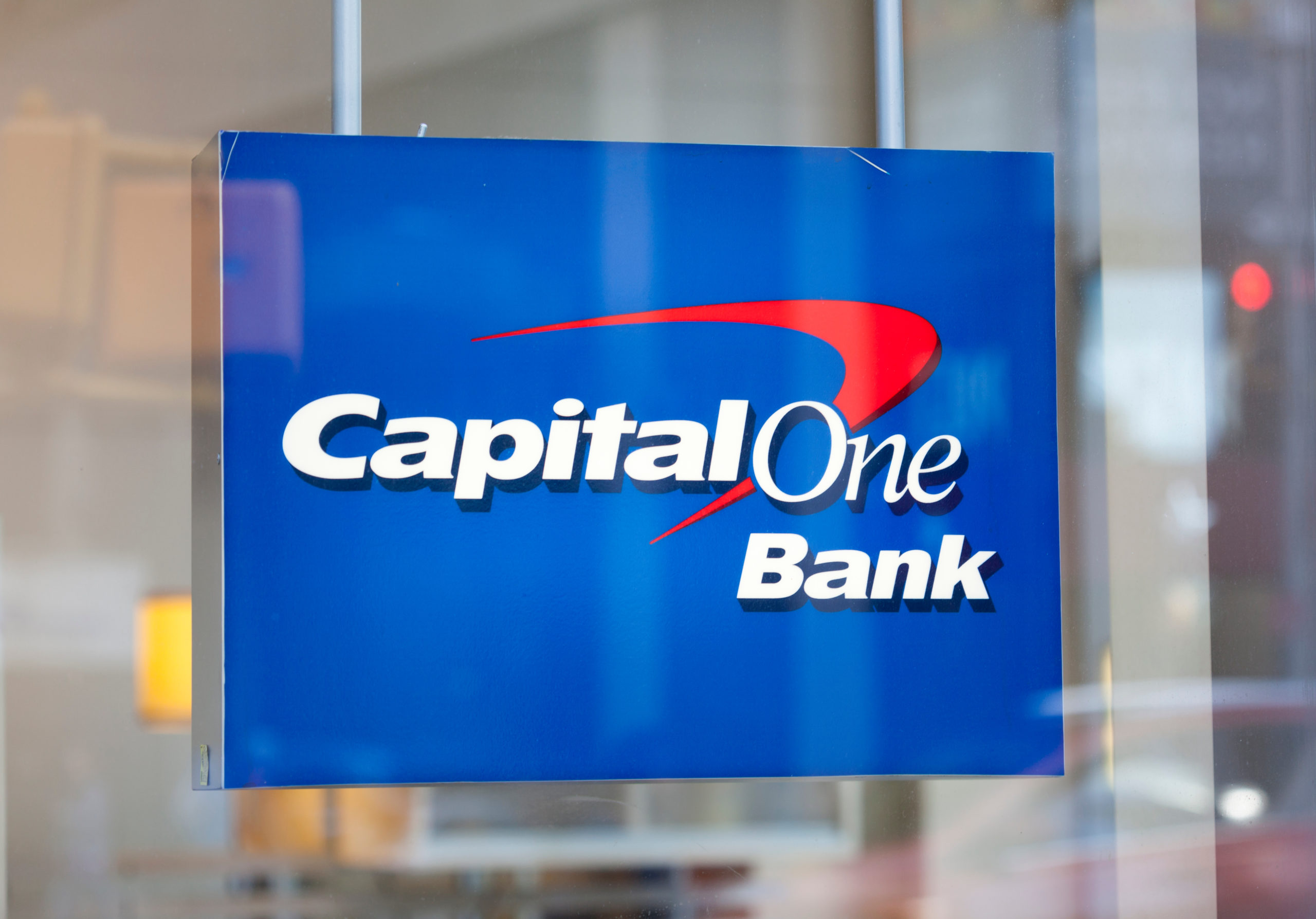Bank stocks have been surprisingly weak this year with the KBW Bank Index off as much as the S&P 500. I don’t think the punishment fits the crime and I believe the big selloff creates an intriguing buying opportunity.
It was nice to see a prominent bank stock analyst echo what I have been stating for a while now. Wells Fargo’s Mike Mayo said this week, “The performance by U.S. bank stocks is out of sync with their otherwise strong underlying fundamentals.” He explained, “If there is a recession, it is not affecting the banking industry, at least not yet.” And, he concluded, “We view loans a month past due as the canary in the coal mine for economic activity and potential loan losses. Based on these delinquencies, there are almost no areas that would warrant much concern.”
Certainly, I respect that there are many equity-market headwinds as investors are worried about inflation, the pace of Federal Reserve interest rate hikes and the health of the economy. However, what I think short-sighted traders are missing is that the rising rate environment is leading to expanding bank net interest income. Yes, the yield curve is inverted, but funding costs have not risen as fast as lending income, likely translating to higher profits and facilitating healthy dividend payouts.
3 Bank Bargains
Among the hardest hit financial stocks this year is Capital One Financial (COF), which trades for just 6 times the 2023 EPS target, having fallen more than 30% over the past year.
I acknowledge the higher risk that naturally comes with COF predominantly being a card issuer. And CEO Richard Fairbank said at a recent conference, “We should all be shocked if the consumer credit doesn’t normalize from here and it already is. But certainly, the consumer starts sort of ahead of the starting line, if you will, in this race, and that’s a good thing.”
However, I think the beating inflicted on the shares with folks also worried about higher marketing spending has been overdone. After all, the bank increasingly goes after what management has deemed “heavy spender” customers, who it also says have exhibited lower credit loss levels with higher payment rates on average.
I also get a 2.3% dividend yield with COF.

Bank of America (BAC) CEO Brian Moynihan has also been vocal all year about the health of U.S. consumers. The financial titan is known for its leading base of consumer deposits and ought to benefit from the drag on deposit rates relative to income from its loans. Indeed, the interest rate paid on BAC’s savings accounts was less than 10 basis points as of last week.
Of course, higher rates are available for preferred customers although those often have multiple lines of business and carry significantly higher balances with the bank on average.
Fee income from mortgages and investment banking have taken a large hit in 2022, but trading revenue should benefit from market volatility in Q3. BAC shares trade for 11 times estimated earnings and offer a 2.5% dividend yield.
Regional banking powerhouse PNC Financial (PNC) recently said utilization of corporate credit has been higher in the first half of 2022, driving up loan balances. The company’s CFO Robert Q. Reilly added, “I’d say in the last 90 days, the growth has been driven more by originations than increases in utilization, and it’s broad.”
PNC also dusted off a familiar playbook with its purchase of BBVA USA branches last year, which is remarkably similar to the bank’s successful buy of RBC’s southeastern branch network in 2011.
This acquisition, which was integrated over four months, expands PNC’s access to 29 of the top 30 Metropolitan Statistical Areas across the country. Management said in June that momentum for new product sales (particularly within commercial) is on a strong trajectory.
PNC generates nearly 60% of income from rate spreads, while strong credit performance, very low-cost deposit funding and a strong capital base are major positives.
A 28% drawdown from the high in January leaves shares attractively priced at 10 times estimated earnings and brings the dividend yield to 3.6%.
In Conclusion
Yes, credit costs will likely normalize higher, but in addition to sporting healthy income statements, I think the banking industry remains well capitalized, with each of 33 banks passing the Federal Reserve’s latest Stress Test in June.
Learn More:
This post was also published on John Buckingham’s Forbes contributor site.
We frequently publish investment-oriented content on our Blog and reach thousands of subscribers through our weekly Market Commentary and monthly Newsletter. Please click here for subscription information.
For more details about our wealth management and asset management services, kindly fill out this Contact Us form and we’ll reach out to you shortly.


